
Welcome Readers
Here you'll find insightful articles, tips, and templates on agile coaching and visual thinking techniques, all designed to help you succeed. Whether you're looking to stay up-to-date on the latest trends and best practices, gain insights from thought leaders in your industry, or simply expand your knowledge, my blog has something for everyone.
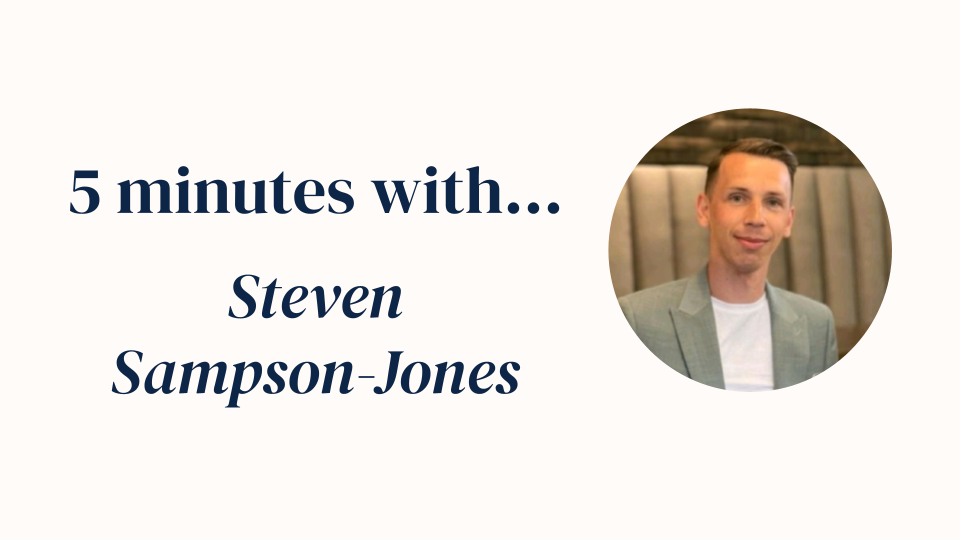
5 minutes with… Steven Sampson-Jones
In our exclusive "Five Minutes with Steven Sampson-Jones," gain a unique perspective into the world of an accomplished Visual Facilitator and Public Sector Consultant. Steven's journey from the House of Commons to leading pivotal projects reflects a commitment to transformative and people-focused project management. The article delves into his insights on the importance of adaptability, the challenges facing delivery managers, and his experience leading the product development of Universal Credit during the pandemic. For an in-depth exploration of Steven's career, advice for aspiring professionals, and his aspirations inspired by the Brawn GP Formula 1 story,. Discover the dynamic and impactful narrative that defines Steven Sampson-Jones' contributions to the realm of delivery and project management.
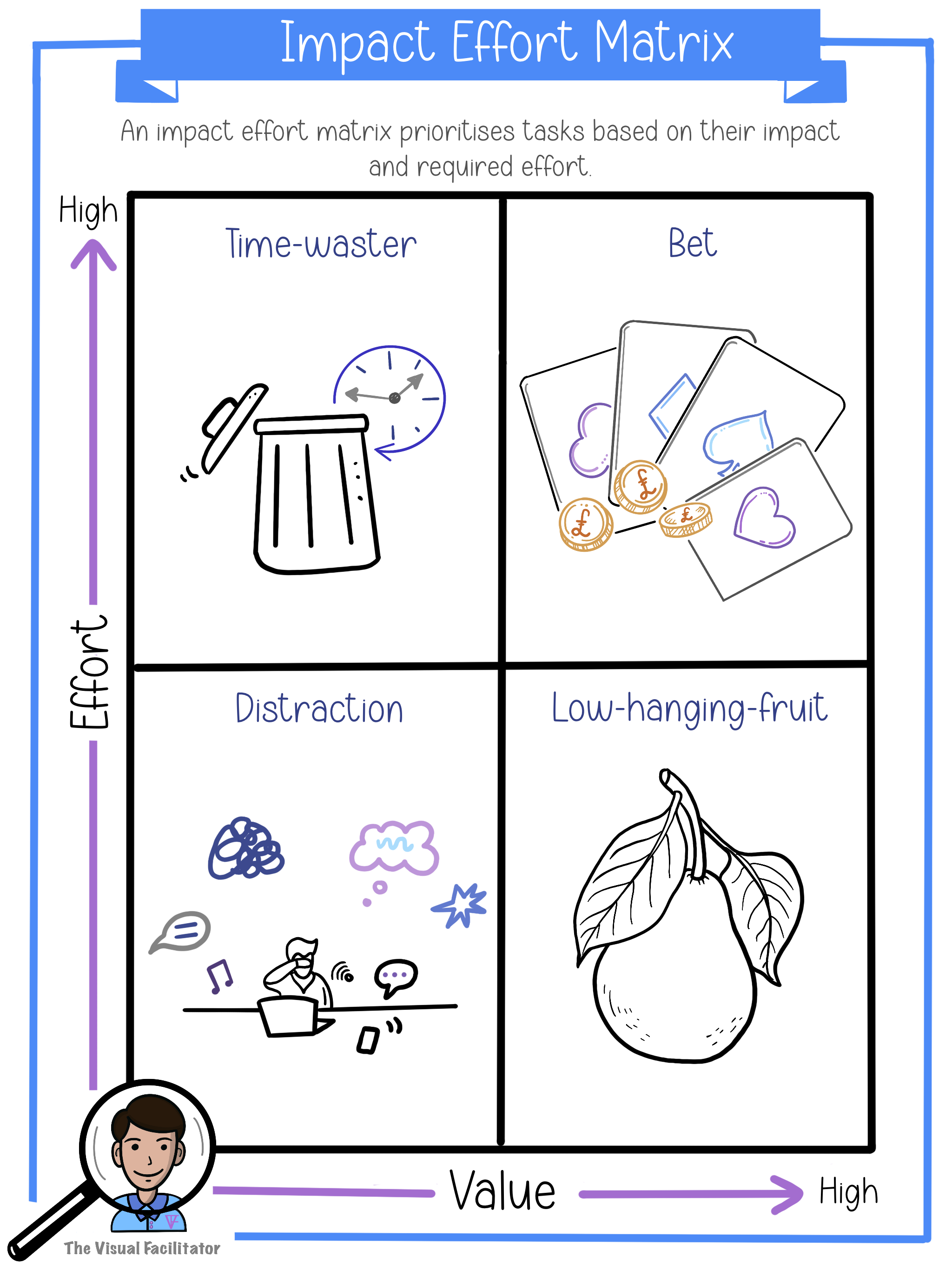
Impact Effort Matrix
Dive into our guide on the Impact Effort Matrix tailored for agile product and service delivery. Learn how to identify strategic moves, steer clear of time-wasting tasks, and efficiently seize quick wins. Streamline your approach and elevate your delivery journey with precision and impact.V
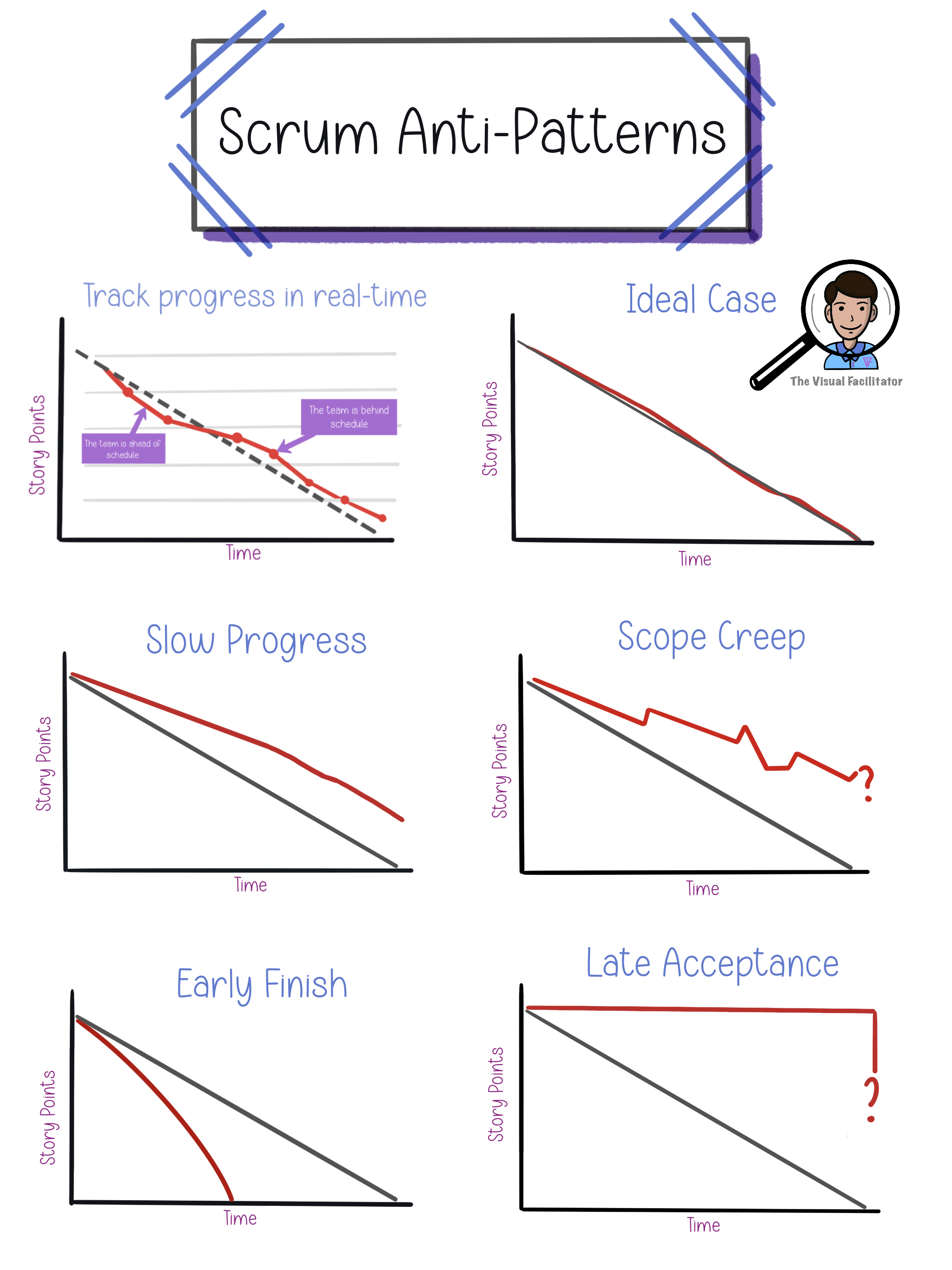
Uncovering Scrum Anti-Patterns with Burn-Down Charts
Unleash Scrum Success with Burn-Down Charts
Burn-down charts 🔥📉 are more than meets the eye. They're your secret weapon to detect and fix Scrum anti-patterns. Late task acceptance, slow progress, scope creep—these are the common culprits. Dive into our blog to uncover their root causes and learn how to tackle them effectively. Enhance your charts with extra data, foster teamwork in chart updates, and avoid the subtask counting trap. Elevate your Scrum game—read more now!
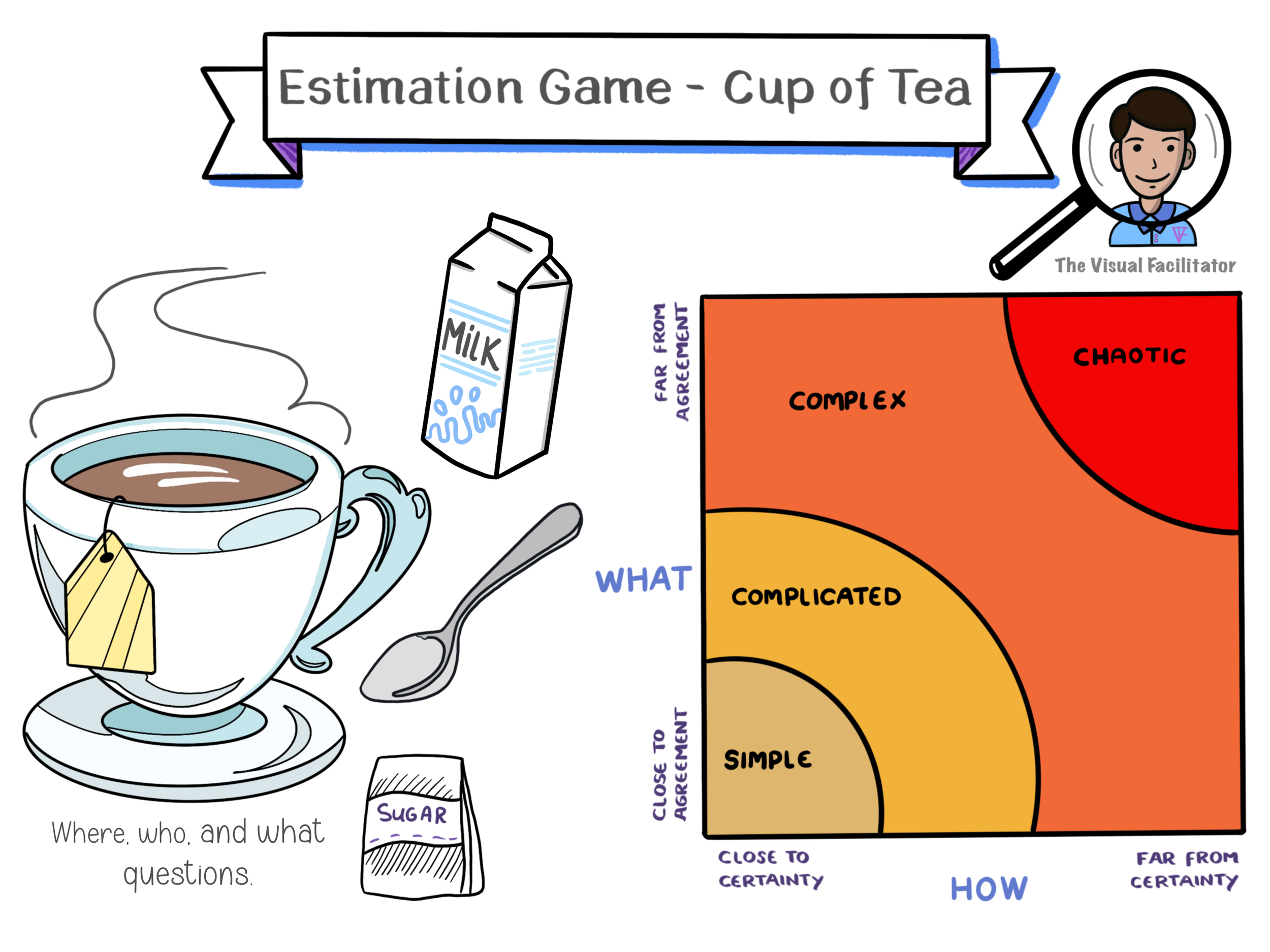
Estimation Game - Cup of Tea
In the world of project planning, there's a game-changing approach known as Agile Estimation Games. These interactive exercises can transform the way you estimate task duration and resource allocation. They foster collaboration and provide fresh insights into how different team members perceive the same tasks. Interested in boosting your project planning skills? Dive deeper into the world of Agile Estimation Games to uncover their secrets and potential benefits.

Fruit Salad: A Creative Scrum Estimation Scale
Dive into the world of agile project management and uncover the innovative "Fruit Salad" estimation scale. Explore how this unique approach can revolutionise your scrum planning and make task estimation a breeze.

The 8 Misunderstood Stances of a Scrum Master
In Agile's intricate dance, a Scrum Master's part goes far beyond jotting down meeting points. While documentation matters, the Scrum Master's essence lies in orchestrating discussions that fuel innovation, foster collaboration, and drive constant growth. By embracing this holistic role, Scrum Masters can propel their teams toward unprecedented heights.
More Than a Scheduler: The Agile Enabler
While scheduling ceremonies is pivotal, the Scrum Master's prowess transcends calendars. They lubricate the gears of Agile machinery, championing unhindered collaboration and swift obstacle removal. Their impact reverberates beyond the realms of time management, spanning the entire spectrum of Agile evolution.
Adaptation over Rigidity: The Agile Balancer
Though Scrum principles are a compass, unwavering rigidity can stifle agility. Agile-hearted Scrum Masters harmonize structure and adaptability, steering teams toward the sweet spot of innovation. With their guidance, teams flourish by embracing Agile values while adapting to context.
Stay tuned for more insights from our blog on demystifying the Scrum Master's role.
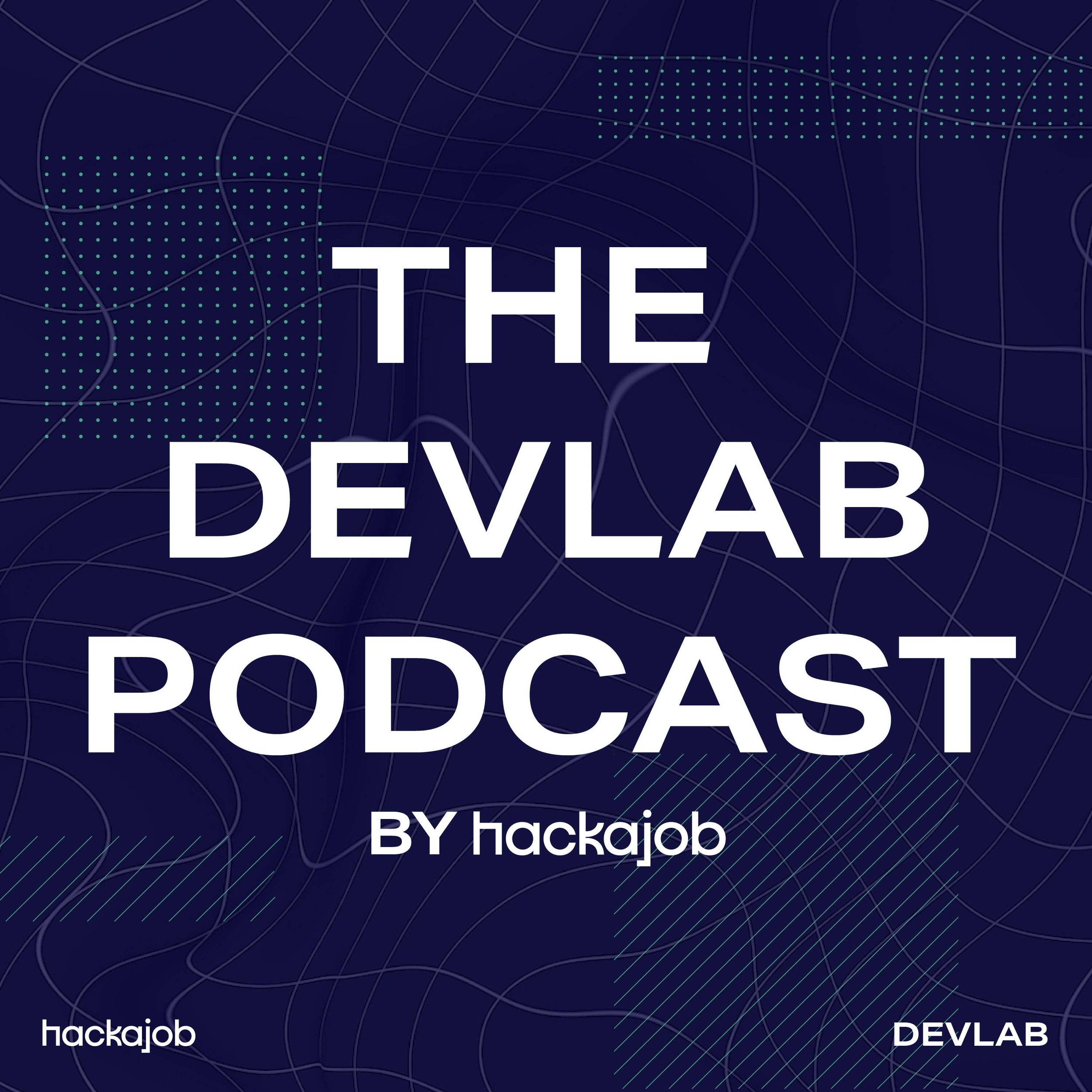
🎙️ Exploring Tech's Impact on the Public Sector: My Journey on the DevLab Podcast 🌐
Hey tech enthusiasts! 🖥️ I'm excited to give you a glimpse into my recent journey as a guest speaker on the DevLab Podcast, where we explored the dynamic fusion of technology and the public sector. Here’s a snapshot of the enriching conversation:
Joined by the talented Mina and Andrew from Made Tech, we delved into:
1. Tech's Public Sector Impact: We dissected the transformative power of technology in the public sector. Think smarter services and enhanced engagement – tech is redefining the game!
2. Nurturing Tech Communities: We discussed the art of community-building in tech. The collaboration within these communities has the potential to catalyse immense positive change across industries.
3. Made Tech's Vision: A highlight was uncovering Made Tech's mission. Their commitment to modernising practices and unleashing the potential of data aligns seamlessly with the dynamic needs of the sector.

The Agile Delivery Manager Top Trumps Exercise
The Agile Delivery Manager Top Trumps exercise is a powerful tool for celebrating skills and fostering collaboration in the public sector. By engaging in meaningful conversations and exchanging personalized cards, participants build connections and promote recognition. Discover how this activity boosts teamwork and appreciation among Agile Delivery Managers.
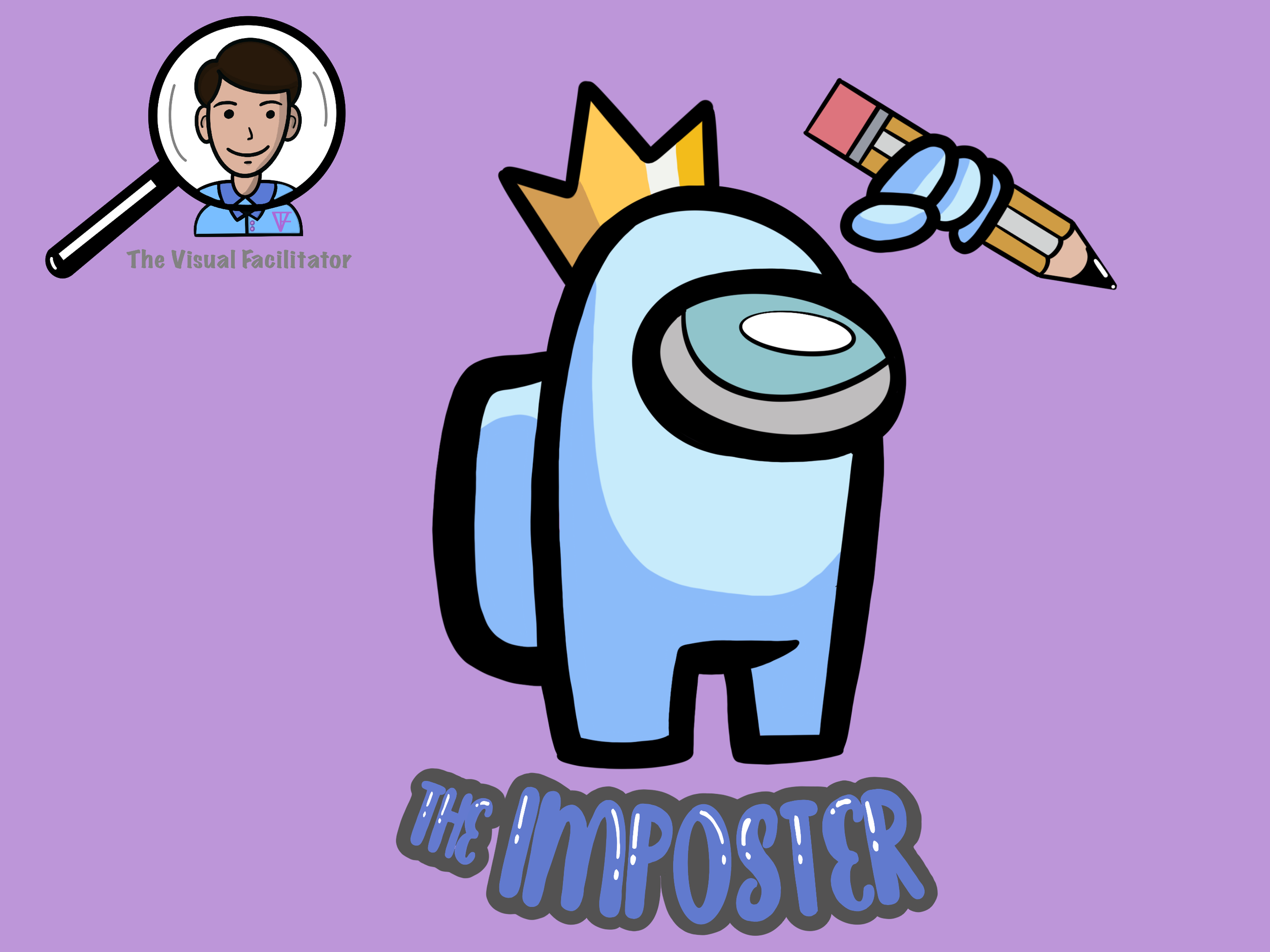
Overcoming Imposter Syndrome as an Agile Delivery Manager
Imposter syndrome can be a challenge for Agile Delivery Managers. Despite their qualifications, self-doubt can creep in, making them feel undeserving or like they're fooling others. To overcome this, it's important to acknowledge these feelings and understand that they are common. Celebrate your achievements, big and small, to boost confidence. Embrace continuous learning opportunities to grow your skills. Remember, imposter syndrome doesn't define your success. With the right strategies, you can thrive as an Agile Delivery Manager.

Triumphs from Setbacks: Inspiring Stories of Resilience
Failure is a universal experience, but it is not the end of the road. In fact, it often serves as a catalyst for growth and success. The stories of Colonel Sanders, Dyson, Michael Jordan, and Walt Disney exemplify the power of resilience and determination in the face of adversity. These individuals encountered setbacks and rejection but refused to let them define their futures. Instead, they harnessed their failures as fuel for their journey towards triumph.
Colonel Sanders, the mastermind behind KFC, faced over a thousand rejections before finding a franchise partner. Sir James Dyson, the renowned inventor, persevered through thousands of failed prototypes before creating his revolutionary vacuum. Michael Jordan, widely regarded as the greatest basketball player of all time, overcame being cut from his high school team to achieve legendary success. Walt Disney, the visionary behind Disney's magical empire, was fired early in his career for lacking imagination. However, he used that setback as motivation to create beloved characters and build an entertainment empire that continues to captivate audiences worldwide.
These stories remind us that failure is not the end but a stepping stone towards greatness. They teach us the importance of resilience, determination, and refusing to give up on our dreams. By embracing failure as an opportunity for growth and learning, we can unleash our potential and achieve extraordinary success. Join us as we delve into the inspiring journeys of these remarkable individuals and discover valuable lessons on overcoming failure and embracing triumph.
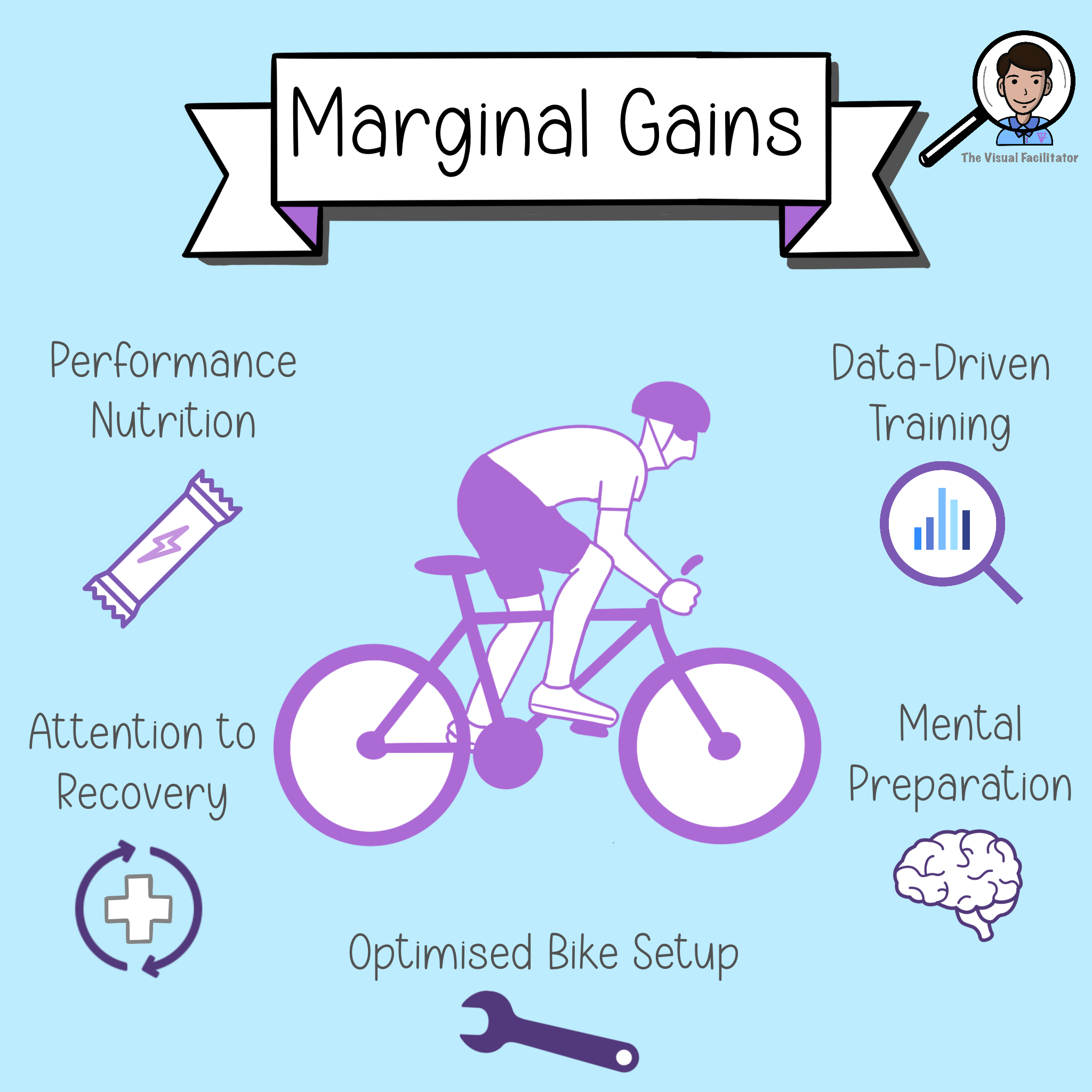
Unlocking Success: The Power of Marginal Gains in Team Sky and GB Cycling
Team Sky and GB Cycling have mastered the art of marginal gains, making incremental improvements that lead to significant advancements in their performance. They leave no aspect untouched, meticulously optimizing bike setups to reduce aerodynamic drag and maximize efficiency. Personalized nutrition plans fuel their riders optimally, enhancing endurance and recovery. Data-driven training programs, tailored to each athlete's needs, push their limits and identify areas for improvement.
The teams also prioritize mental preparation, employing strategies like visualization and goal setting to develop a winning mindset. A culture of continuous improvement drives them to explore innovative approaches and embrace cutting-edge technologies.
By paying attention to the smallest details and constantly seeking marginal gains, Team Sky and GB Cycling have established themselves as leaders in the cycling world, showcasing the immense power of these incremental improvements.
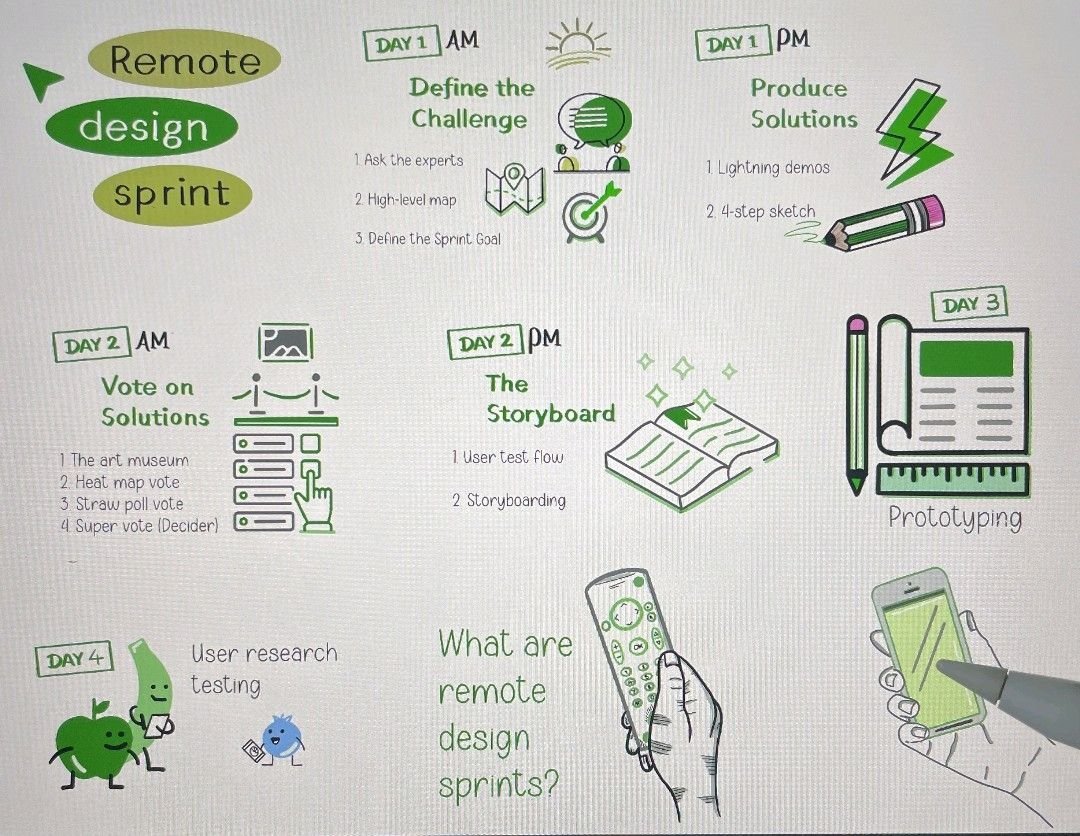
🌐 Remote Design Sprints: Unlocking Collaboration and Innovation
In my latest blog post, co-authored with Made Tech, I explore the dynamic world of remote design sprints and how they enable teams to collaborate, innovate, and achieve remarkable results, all without being physically together.
Remote design sprints combine design thinking principles with agile methodologies, making them an ideal solution for teams working in distributed locations or those unable to gather in person. The benefits are abundant: speed and focus, inclusivity, and diversity, and efficient utilisation of technology.
By embracing remote design sprints, teams can complete projects in shorter timeframes, fostering a sense of momentum and heightened focus. The inclusive nature of remote collaboration also allows for diverse perspectives and ideas to emerge, leading to more innovative solutions.
In the blog post, we delve into the intricacies of remote design sprints, exploring adapted tools and techniques, smart scheduling to prevent burnout, and overcoming limitations in a remote environment. To bring the concept to life, we take you through a captivating case study with the Met Office, where we successfully designed a new careers site remotely, optimising accessibility and showcasing their exciting opportunities.
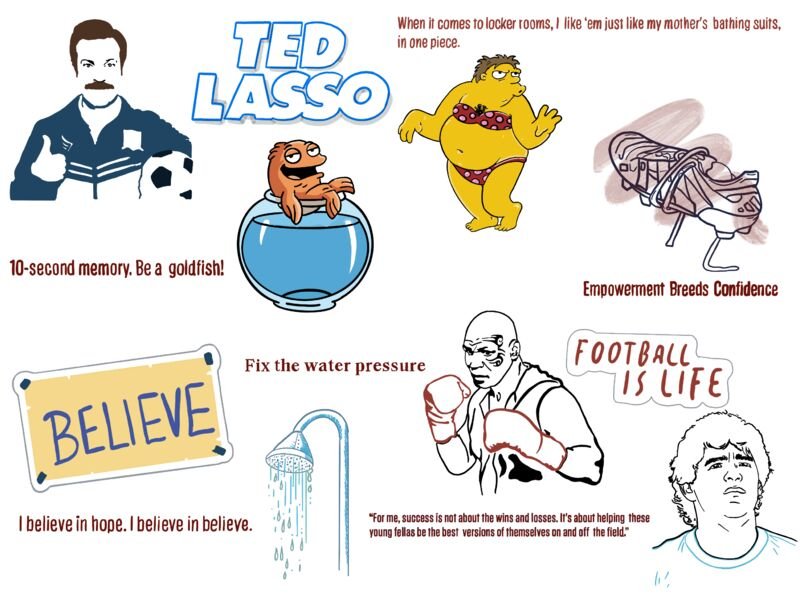
Ted Lasso: Unleashing the Power of Leadership
Unlocking the Leadership Magic of Ted Lasso
In a world hungry for authentic leadership, Ted Lasso emerges as a shining example of how to inspire, motivate, and bring out the best in others. The beloved fictional character from the hit series has captured hearts and ignited a renewed interest in what it truly means to lead with compassion and positivity.
Ted Lasso's leadership principles transcend the screen and offer valuable lessons for leaders from all walks of life. From embracing failure as a catalyst for growth to fostering a collaborative environment where diverse voices are valued, Ted's approach brings out the best in individuals and teams.
His unwavering optimism and positive mindset create a contagious energy that lifts spirits and ignites motivation. Ted teaches us the importance of attention to detail and treating every task, no matter how small, with equal respect. He understands that success lies not in personal achievements but in empowering others to shine, enabling them to reach their full potential.
In this blog, we delve into the essence of Ted Lasso's leadership philosophy, exploring how it can transform individuals and organizations. Join us as we unpack his principles of embracing failure, collaborating with others, cultivating a positive mindset, valuing attention to detail, and empowering others to thrive.
Discover the transformative power of Ted Lasso's leadership approach and unlock the magic that can help you become a better leader, make a lasting impact, and inspire greatness in those around you.
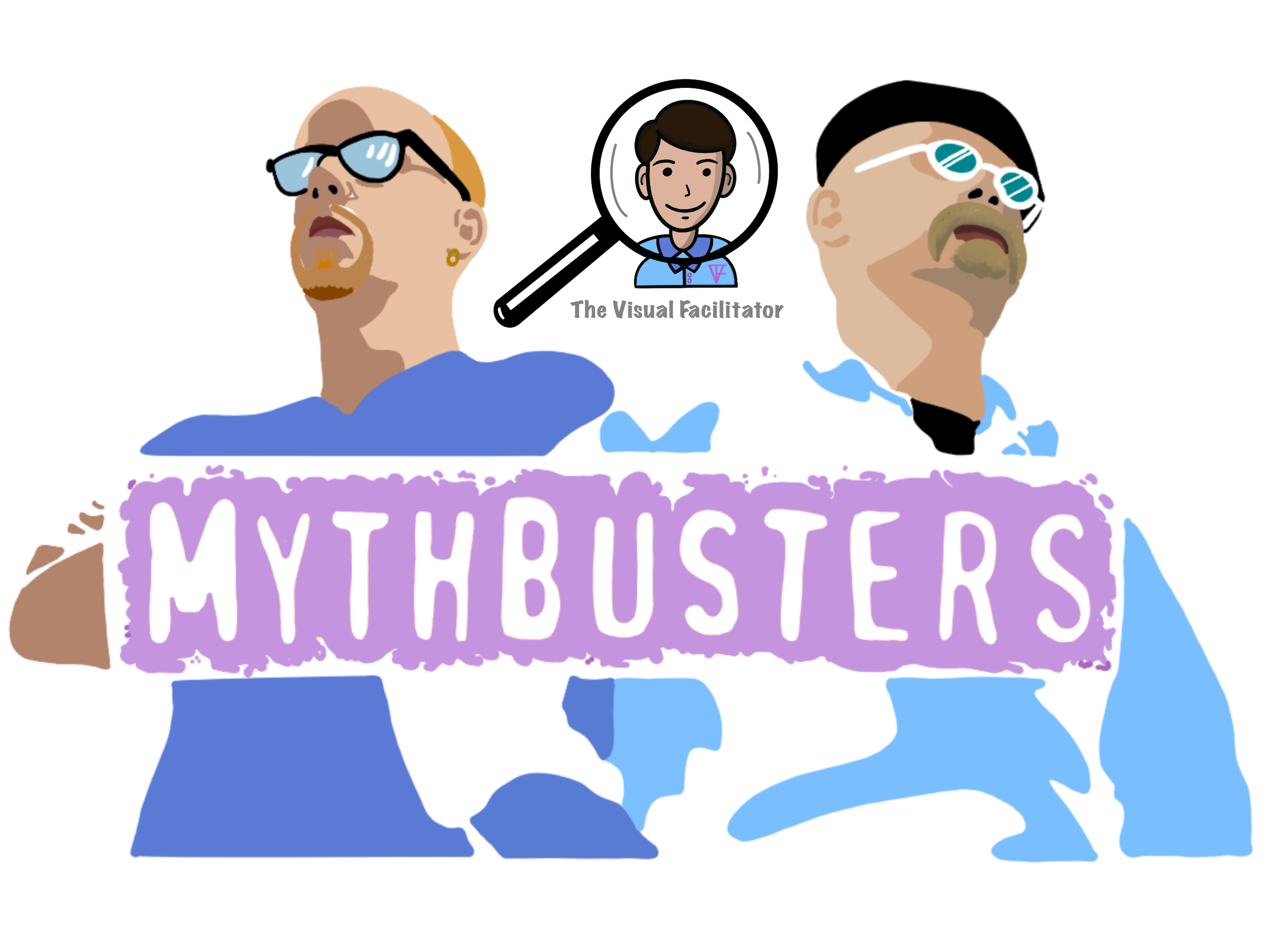
Agile Mythbusting: Debunking Three Common Misconceptions
Agile project management has gained popularity, but there are still misconceptions about it. Here are three common Agile myths debunked:
Myth 1: Agile means no planning. Reality: Agile emphasizes continuous planning and adapting to changes.
Myth 2: Agile is only for software development. Reality: Agile can be applied to any project that involves complexity and uncertainty.
Myth 3: Agile means no documentation. Reality: Agile values working software over comprehensive documentation but still documents what's necessary to support the work being done.
By understanding the reality of Agile, teams can avoid common pitfalls and use the methodology effectively to deliver value to the customer.

Agile Games: A Fun Way to Build Better Teams
Agile games are an engaging way to help teams understand and apply agile concepts and practices. By using games, teams can learn through experience and experimentation, which can lead to better retention and understanding of the material. Additionally, games can help to build camaraderie and collaboration within the team, which can lead to more effective communication and problem-solving. Overall, agile games are a fun and effective tool for building better teams and delivering better outcomes.

From Forming to Performing: Understanding Tuckman's Model of Team Development
Dr. Bruce Tuckman's development model, also known as the Tuckman model, is a widely recognised framework for understanding the stages of group development. According to Tuckman, all groups go through four distinct stages: forming, storming, norming, and performing.
In the forming stage, group members come together and begin to get to know each other. This stage is characterized by polite and superficial interactions as group members try to establish a sense of safety and belonging.
As the group becomes more comfortable with each other, they move into the storming stage, where conflicts and disagreements may arise as individuals assert themselves and vie for power or influence within the group. This stage can be challenging, but it is essential for the group to work through these issues in order to move forward.
Once the conflicts have been resolved, the group moves into the norming stage, where they establish shared values, goals, and norms for behavior. This stage is marked by increased cooperation and collaboration as group members work towards a common purpose.
Finally, the group reaches the performing stage, where they are able to work together effectively and efficiently towards their shared goals. This stage is characterized by high levels of productivity, creativity, and satisfaction among group members.
Understanding the Tuckman model can help you better navigate group dynamics and build more effective and productive teams. By recognizing which stage your group is in and taking appropriate actions, you can help your team move through the stages of development and achieve success
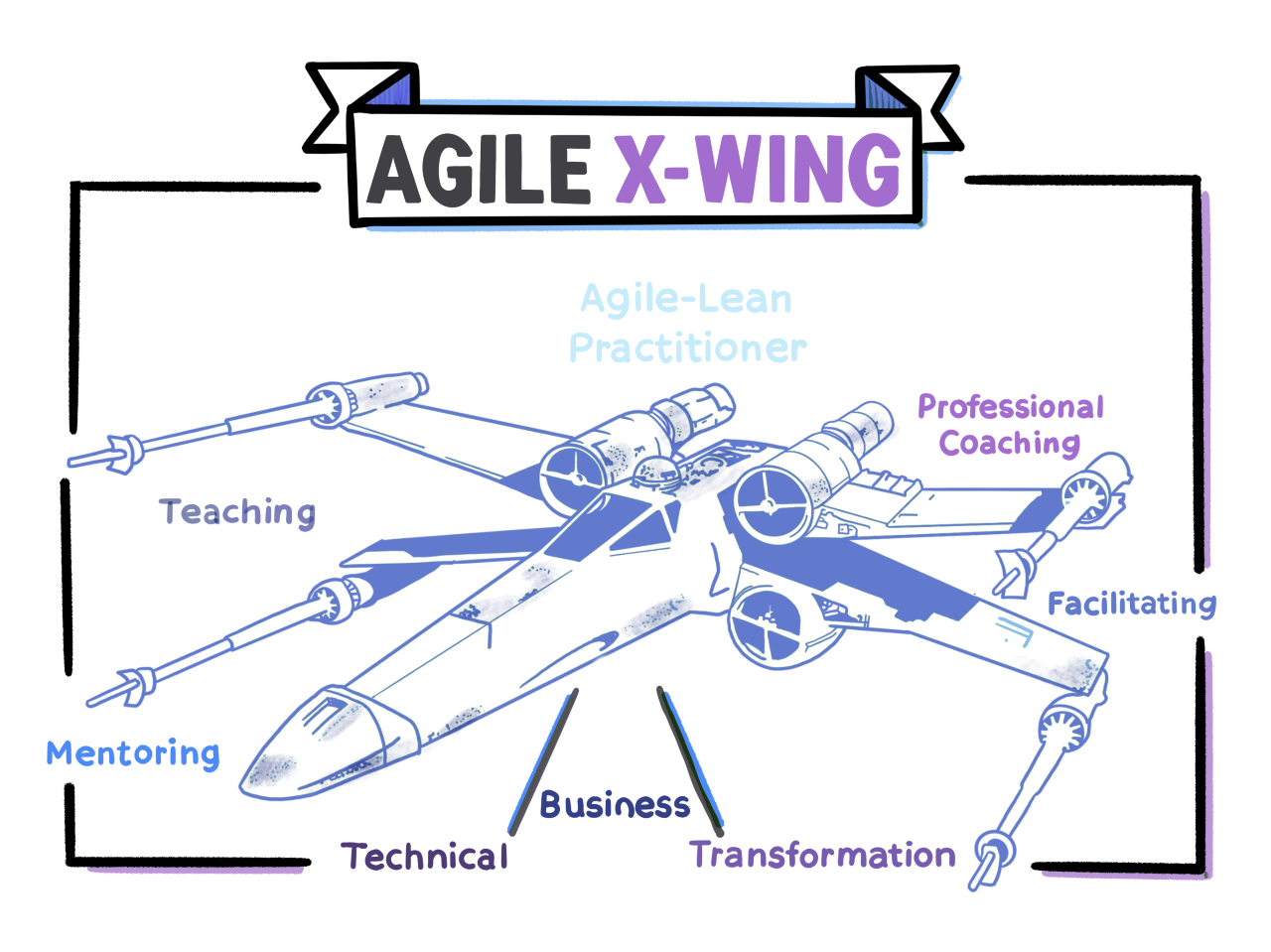
Agile X-Wing Coaching Framework
The Agile Coaching Competency Framework is a valuable tool for Agile coaches to evaluate their skills and competencies. It provides a clear roadmap for Agile coaches to develop their skills and become more effective in their roles.
The framework outlines the competencies required for Agile coaching, such as facilitation, mentoring, coaching, and teaching. By using the Agile Coaching Competency Framework, coaches can identify their strengths and weaknesses and focus on areas that require improvement. Ultimately, the framework helps Agile coaches to deliver better results for their teams and organisations.
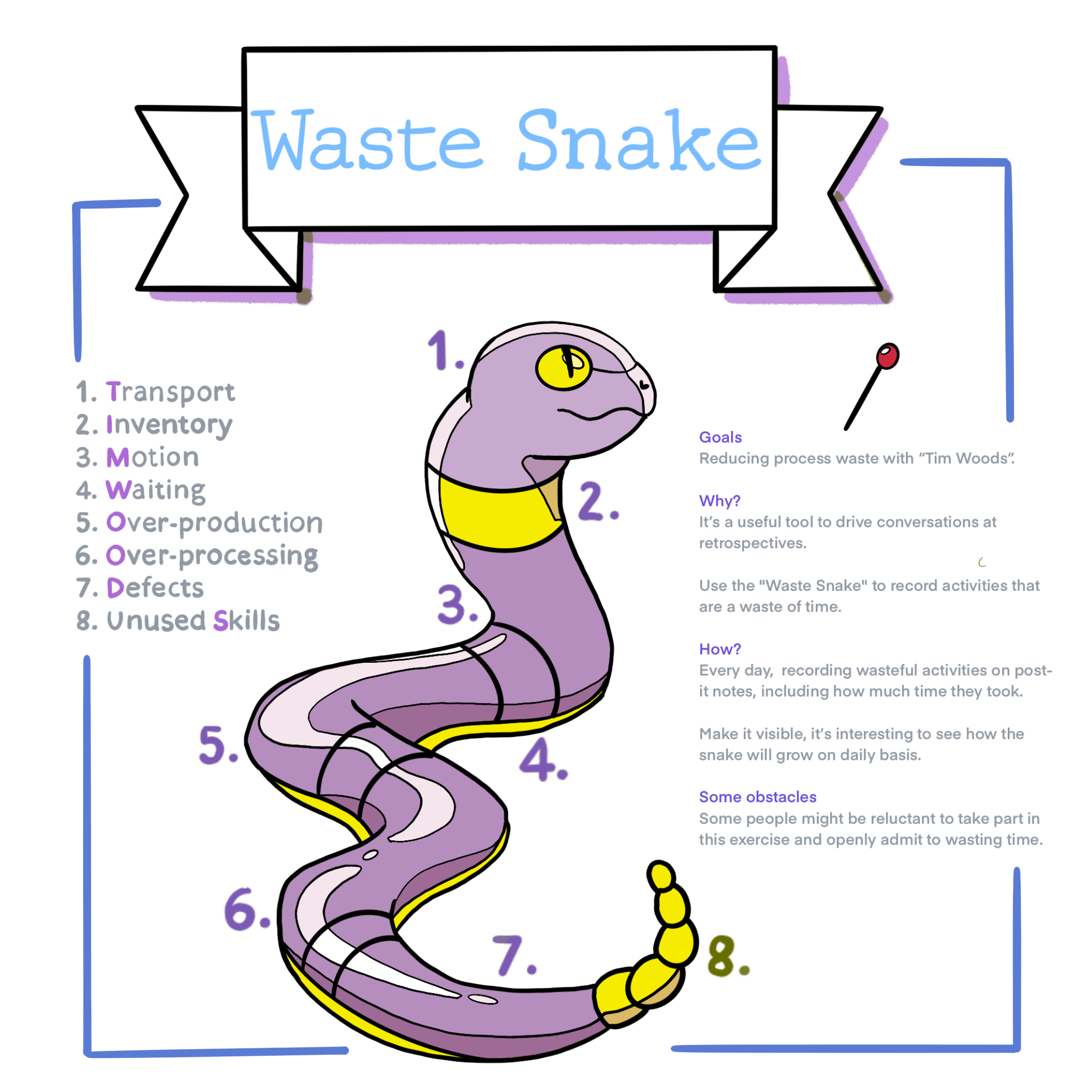
The Waste Snake
𝐖𝐚𝐬𝐭𝐞 𝐒𝐧𝐚𝐤𝐞 🐍 and 𝐓𝐈𝐌 𝐖𝐎𝐎𝐃𝐒
It’s a simple formality, when you are doing tedious low-value work, or waiting idly you write up a sticky note about it.
You select a central and visible place to record the type of waste so others can see it. Periodically you look at the visual and see what low-value or no-value tasks have been occupying the team’s time.
When you decide enough is enough, you allocate time to fixing the problem - reducing or eliminating the waste and wait times. I like to affinity sort, categorise into ‘insights/themes’, dot vote, and then explore potential experiments.
The real goal is to raise awareness of waste as the opposite of delivering value. It’s a critical tool to help empower teams who can control their own processes to identify non-value-adding wastes and discover ways to reduce or eliminate them.
